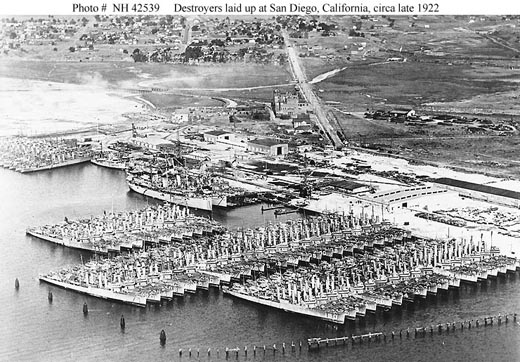Air Operations, Europs
84 RAF bombers attack the U-boat pens at Lorient, France.
[Battle of Britain
Day 55
Weather - Early-morning mist and fog patches clearing into fine and warm conditions over the country.
Combat - Just after 0700hrs raids of Do-17's, Me-110's and Me-109's are being plotted approaching the Kent coastline. The airfields at North Weald, Rochford, Eastchurch, Biggin Hill and Gravesend are bombed as Hurricanes of No: 249 and 253 Squadrons and Spitfires of No: 72, 65 and 603 Squadrons manage to intercept the raiders as they split up over Kent and Sussex.
At about 1200hrs another large raid approaches Dover and is intercepted by Spitfires of No: 72, 222 and 603 Squadrons and Hurricanes of 43, 111 and 253 Squadrons. Bitter dogfights break out with No: 43 and 72 Squadrons suffering high losses at the hands of the fighter escorts.
Later at about 1600hrs small raids of Me-110's cross Kent and are intercepted by Spitfires of No: 603 and 616 Squadrons and Hurricanes of No: 249 Squadron. As they returne to France just before 1700hrs, more large raids approach the coastline near Dungeness and Dover. The Do-17's and over 150 Me-109's cross over Kent and are met head-on by the Hurricanes of No: 303 (Polish) Squadron forcing the raid to break up. By now a massive dogfight has developed over southern Kent involving Hurricanes of No: 46, 249, 303 and 501 Squadrons and Spitfires of No: 72 and 616 Squadrons.
During the night, bombs are dropped on Liverpool, Manchester, Sheffield, the Midlands and South Wales.
R.A.F. Losses: 30 aircraft damaged or destroyed, 4 pilots killed or missing and 8 wounded.
Luftwaffe Losses: 48 aircraft damaged or destroyed, 38 pilots and aircrew killed or missing and 10 wounded.
NOTE: Losses include non-combat patrols and accidents.
[Battle of the Atlantic
- The British submarine Sturgeon sinks the German steamer Pionier (3285t) northeast of Skagen. About 1,000 German troops are lost in the sinking.
- U-46 sinks the British steamers Thornlea (4261t) and Bibury (4615t) dispersed from convoy OB-205 about 200 miles west of Bloody Foreland. The entire crew of 39 are lost from the Bibury. 3 are lost from the Thornlea while 33 survivors are picked up by the Canadian destroyer Skeena and the Norwegian steamer Hild.
- U-47 sinks the Belgian steamer Ville de Mons (7463t) northeast of Rockall. The entire crew of 54 is rescued.
German Raiders
The German armed merchant cruiser Widder sinks the British tanker Cymbeline (6317t) in the Central Atlantic with the loss of 7 of her crew. 26 survivors are made prisoners of war.
[Mediterranean
Admiral Cunningham's fleet is reinforced by the battleship Valiant and the carrier Illustrious from Gibraltar. He now has three battleships and two carriers. The composition of the Gibraltar based Force H varies greatly from time to time because of the uncertainty regarding the behavior of the French Fleet. The Italians now have five battleships in commission, including two modern ships.
[United States, Policy
Following the agreement made in July and later detailed negotiations, a deal is now ratified between Britain and the U.S. by which Britain gets 50 old destroyers in return for 99-year leases on bases granted to the United States in the Bahamas, Antiqua, St Lucia, Trinidad, Jamaica and British Guiana. The ships are veterans of World War I, but are desperately needed for escort work. Considerable modification will be necessary to make the ships ready for service. The first of the ships is taken over by a Royal Navy crew on September 9th and reaches Britain on the 28th. Locations of the naval bases now leased to the U.S. include Jamaica, Saint Lucia, Trinidad, Antigua and British Guiana along with the free bases in Newfoundland and Bermuda. This is an important stage in Roosevelt's efforts to develop a more active foreign policy and accustom the American public to actively supporting the Allies.
Britain Engaged in Another War |
 |